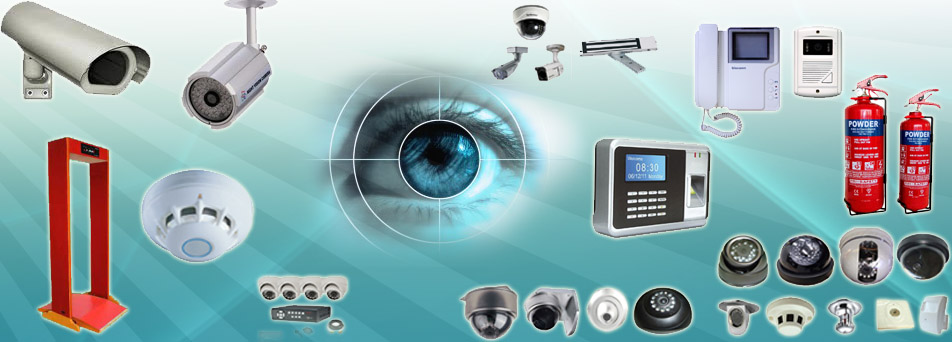Electronic Security
Electronic Security Services
DRS Group is a leading provider of CCTV solutions in Pune, Maharashtra. It’s Provide electronic systems and technologies to protect people, assets, and information from unauthorized access, theft, vandalism, or other threats. These services utilize various electronic devices, such as alarms, surveillance cameras, access control systems, and monitoring software, to enhance security measures.
We specialize in the supply and installation of CCTV systems, cameras, fire alarm systems, home security systems, P.A systems, hotel automation, time attendance systems, access control, and entrance automation.

Access Control
DRS Group is a trusted service provider of access control solutions in Pune, Maharashtra. We understand the importance of controlling and managing access to your premises, ensuring only authorized individuals can enter designated areas.
Our access control services offer a comprehensive range of solutions tailored to meet your specific security needs. We utilize advanced technologies and industry best practices to design and implement access control systems that provide a high level of security and convenience.

CCTV Access Control
CCTV (Closed-Circuit Television) access control refers to the use of CCTV systems in combination with access control measures to secure and monitor access to a specific area or facility.
Here’s a general description of how CCTV access control works:
- CCTV Cameras: CCTV cameras are strategically installed in key areas to monitor and record activities.
- Access Control Devices: Access control devices, such as card readers, biometric scanners, or keypad systems, are used to control entry and exit points.
- Integration: The CCTV cameras and access control devices are integrated into a centralized system, allowing for seamless communication between the two.

FIRE ALARM SYSTME
A fire alarm system is a set of devices that detect and alert people to the presence of smoke, fire, carbon monoxide, or other fire-related emergencies. Fire alarms systems are required in most commercial buildings and are installed to protect life, and property.
We taking complete projects of electronic security
A fire alarm system is a network of interconnected devices designed to detect and alert people in the event of a fire. Its primary purpose is to provide early warning, allowing occupants to evacuate safely and minimizing property damage. Here are some key components and features typically found in a fire alarm system:
Smoke Detectors: These devices are responsible for detecting smoke particles in the air. They can be either ionization detectors (which use a small amount of radioactive material) or photoelectric detectors (which use a light source and a light-sensitive sensor). Smoke detectors are often installed in rooms, hallways, and other areas of a building.
Heat Detectors: Heat detectors are designed to sense increases in temperature and can be particularly useful in areas where smoke detectors may not be suitable, such as kitchens or garages. They respond to a significant rise in temperature or when a specific temperature threshold is reached.
Fire Alarm Control Panel (FACP): The control panel is the brain of the fire alarm system. It receives signals from the detectors and activates the alarms and other notification devices. The control panel also monitors the system for faults or malfunctions and may provide information on the specific location of the detected fire.
Alarms and Notification Devices: These devices include sirens, horns, strobe lights, and voice evacuation systems. When the control panel detects a fire, it activates the alarms to alert occupants and initiate the evacuation process.
Manual Call Points: Manual call points, also known as pull stations or break glass units, are wall-mounted devices that allow individuals to manually trigger a fire alarm. They are typically found near exits and other strategic locations throughout a building.
Monitoring and Communication: Some fire alarm systems are connected to a central monitoring station that can receive alerts and dispatch emergency responders. Additionally, modern systems may integrate with building management systems or be equipped with remote monitoring capabilities.
Emergency Power Supply: Fire alarm systems often have backup power supplies, such as batteries or generators, to ensure their operation during a power outage.
It’s important to note that fire alarm systems vary depending on the building’s size, occupancy type, and local fire codes and regulations. Professional installation, regular maintenance, and adherence to applicable safety standards are crucial for ensuring the effectiveness and reliability of a fire alarm system.
